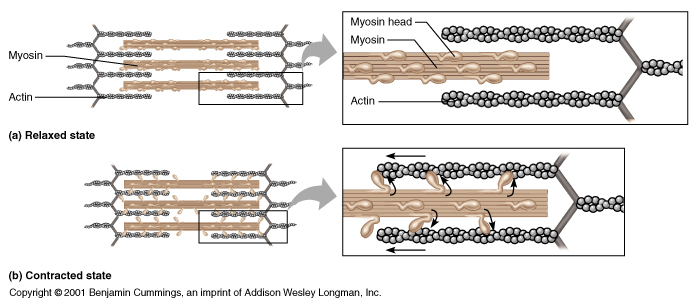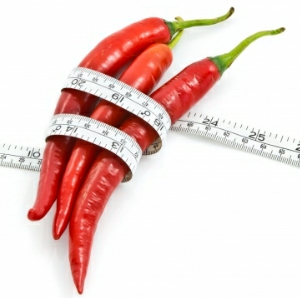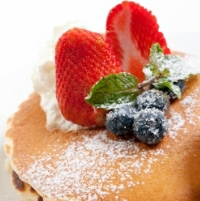
For most of us, the answer is a resounding yes.
[EDIT 2019: current research shows loss of body weight is not a great measure of dehydration and it’s effect on your performance]
A conversation with a client the other night prompted me to analyse my own fluid intake during races. It was surprisingly little, even though I’m well aware of the value of hydrating. It’s interesting how you can overlook the little things.
Dehydration resulting in a loss of just 1% of your body weight can cause a loss in performance. Levels of up to 3% are quite common in sports of around 1 hour duration, and you can reach this level quite quickly if you go into an event under hydrated. Studies have shown when dehydration causes a 3-5% loss in body weight, work capacity decreases by as much as 35-48%. One of our runners weighed in before and after the SMH half marathon to find she’d had a 2% loss of body weight-probably more as she was weighed in the clothes she ran in, which would have retained some of her sweat, therefore weighing more.
To find out how much fluid you lose during an exercise session you need to weigh yourself naked before and after the session, or if not naked, in the same dry clothes before and after. Weighing yourself before you exercise, then weighing yourself afterwards in the same clothes will give you a false reading, as the clothes you run in will most likely retain some of your sweat, giving you a heavier reading. Take the difference of your pre-exercise and post exercise weights, then add 100 gms for every 100mls of fluid taken in whilst exercising. This will give you the amount of fluid you have lost during exercise. Each kg of weight lost represents 1 litre of fluid lost. You should measure this long term, and take note of temperature and humidity as well as exercise intensity, and use it to predict how much fluid you should take in during the course of an exercise session.
How do I know if I am dehydrated?
If you’ve lost more than 2% of your body weight using the method above, you’ve definitely moved into a dehydrated state, and remember just a 1% loss of body weight can cause a loss in performance. Other signs and symptoms include
- Thirst/dry mouth
- Headache
- Dizziness
- Nausea
- Fatigue and tiredness. Literally feeling like you could just stop running and go to sleep.
Other more serious signs and symptoms include vomiting, tingling of the limbs, muscle cramps, difficulty breathing and death.
Most if not all of these could be put down to something else, but if you get a few of the symptoms, it’s worthwhile doing an analysis of your fluid intake during a race. Think about how much you drink prior to the race as well as during. You’d be lucky to take in 150mls from each of those little plastic cups you scoop up at the water stations (I have just measured one about 3/4 full).
How much fluid should I take in to perform at my peak?
This depends on a number of factors. To get a true idea of how much fluid you should take in during a race, you need to go through the pre and post workout weighing procedure over a period of time to predict how much fluid you are going to lose, given a certain set of circumstances. Things that effect your dehydration rate include:
- temperature and humidity
- exercise intensity
- how used you are to the conditions
- clothing
- baseline hydration status
- individual differences
Pre-race hydration
You should go into an event well hydrated. The colour of your urine is a good indication of your hydration status. If it’s clear, you’re well hydrated. If it’s like tea, then start drinking. For a week or so prior to your event, be very conscious of the colour of your urine, and adjust your fluid intake accordingly.
Fluids on the day
Keep in mind that each person’s needs will be different, but as a rule of thumb you should go for:
- 500-600mls of water of sports drink 2-3 hrs before the start. In reality, this means having about a glass and a half of water when you get up. This will give your body time to pass any excess water out of your system before the race.
- 200-300mls 10-20 minutes before the race
- 200-300 mls every 10-20 minutes to maintain fluid loss at less than 2%
If you don’t normally drink before the race, be a little cautious about going all out on these recommendations first up, but you should be working towards around about these amounts over a period of time. Practice on your long runs first, then try it in a race.
If you don’t normally grab a drink at every stop, do so. Even if you just take a couple of mouthfuls each water station, that will help, but taking in a couple of cups would be better.
If you’re a bit scared of changing what you consider to be a proven formula, even if on analysis you realise you’re not taking in nearly as much water as indicated above, at least make sure you go into race day well hydrated. Do the wee test. Make sure you drink enough water for your urine to be running clear the day before the race. Even if you do nothing else, you will most likely see an improvement in your performance through this alone.
Reference: National Athletic Trainers’ Association Position Statement: Fluid Replacement for Athletes J Athl Train. 2000 Apr-Jun; 35(2): 212–224.
http://www.ncbi.nlm.nih.gov/pmc/articles/PMC1323420/ sited June 24th 2013
DISCLAIMER: Any information contained in this document is obtained from current and reliable sources and is solely for the purpose of interest and information. Individuals receiving this information must exercise their independent judgment in determining its appropriateness for their particular needs. The information and training advice is general in nature and may not be suited to the recipient’s individual needs. Medical advice should always be sought when starting an exercise program. As the ordinary or otherwise use(s) of this information is outside the control of the author, no representation or warranty, expressed or implied, is made as to the effect(s) of such use(s), (including damage or injury), or the results obtained. The author expressly disclaims responsibility as to the interpretation of the views contained in this article, ordinary or otherwise. Furthermore, the author shall not be liable for any errors or delays in the content, or for any actions taken in reliance thereon. The author shall not be responsible for any damages resulting from use of or reliance upon this information. Readers of this document are solely responsible for compliance with all laws and regulations applying to the use of the information, including intellectual property rights of third parties.









 Don’t obsess about what not to eat. Here are eight foods which could actually help you to lose weight by eating them! You could also take a look at other ways to
Don’t obsess about what not to eat. Here are eight foods which could actually help you to lose weight by eating them! You could also take a look at other ways to



